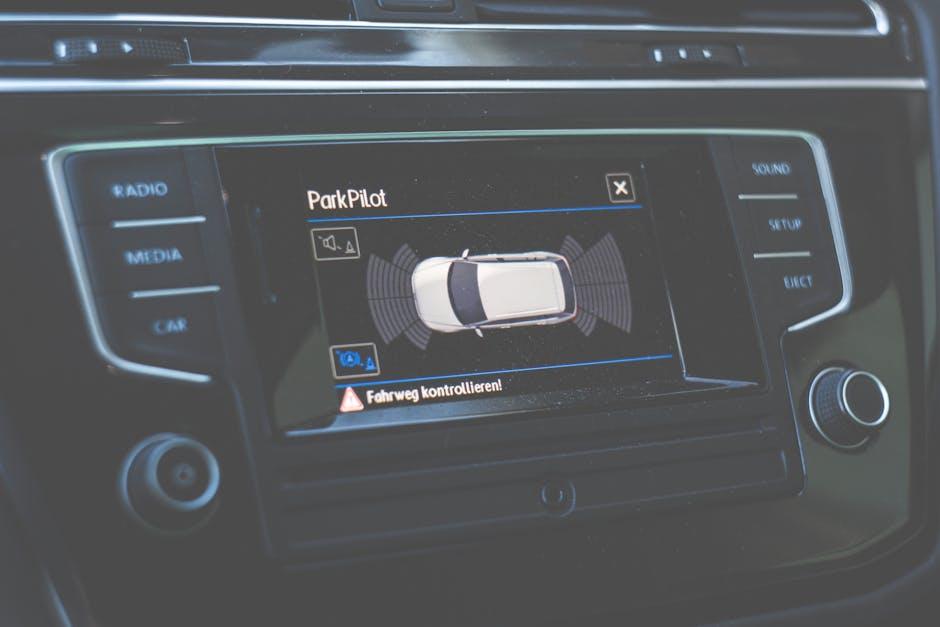In the intricate symphony of modern vehicles, sensors serve as the unsung virtuosos, seamlessly orchestrating harmony between mechanical movement and digital intelligence. These tiny marvels, often hidden from plain sight, are pivotal in transforming raw data into actionable insights that ensure safety, efficiency, and comfort on the road. As automotive technology accelerates into an era dominated by connectivity and automation, understanding the role of sensors in car electrical systems unveils the remarkable fusion of innovation and precision engineering driving today’s driving experience.
Table of Contents
- The Evolution of Sensor Technology in Automotive Engineering
- Key Sensors Driving Vehicle Performance and Safety
- Integrating Sensors for Enhanced Fuel Efficiency and Emission Control
- Diagnosing Common Sensor-Related Issues in Modern Cars
- Future Trends in Sensor Innovation and Autonomous Driving
- Best Practices for Maintaining and Calibrating Automotive Sensors
- Q&A
- Insights and Conclusions
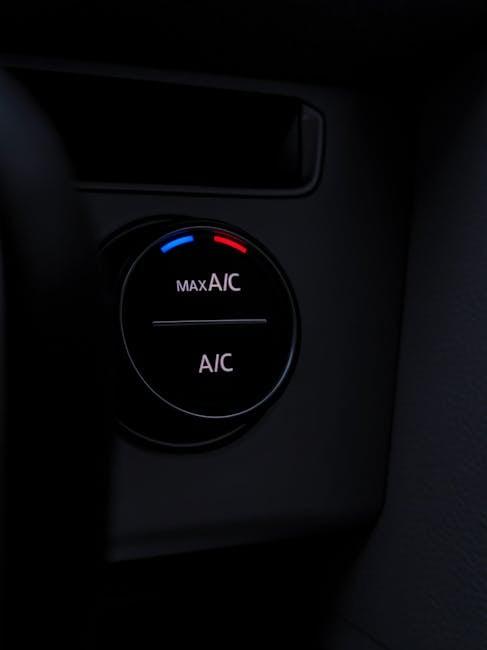
The Evolution of Sensor Technology in Automotive Engineering
Over the past few decades, automotive sensors have transitioned from simple mechanical devices to highly sophisticated electronic components. This transformation has been driven by the growing demand for enhanced safety, efficiency, and comfort in vehicles. Early sensors, such as basic temperature gauges and pressure switches, have given way to advanced systems like LiDAR, radar, and capacitive touch sensors that now serve as the backbone of intelligent car systems. Manufacturers have embraced these innovations to enable real-time data collection and processing, which powers autonomous driving features and predictive maintenance. Today’s sensors not only detect physical parameters but also communicate with each other through complex networks, transforming isolated data points into holistic vehicle intelligence.
Modern car electrical architectures rely heavily on an array of sensors working in harmony. Some key players include:
- Accelerometers: Monitor vehicle acceleration and stability for traction control.
- Environmental sensors: Gauge external temperature, humidity, and light for adaptive climate control and lighting systems.
- Proximity and ultrasonic sensors: Enable parking assistance and collision avoidance.
- Oxygen sensors: Optimize engine combustion and reduce emissions.
| Sensor Type | Primary Function | Impact on Vehicle |
|---|---|---|
| LiDAR | 3D mapping and obstacle detection | Autonomous navigation safety |
| Camera Sensors | Visual recognition and lane detection | Assisted driving features |
| Temperature Sensors | Engine and cabin climate monitoring | Efficient system regulation |
| Pressure Sensors | Tire and fuel system monitoring | Safety and performance optimization |
This ecosystem of sensors has revolutionized how vehicles interact with their environments, making modern cars intuitive, reactive, and more reliable than ever before.
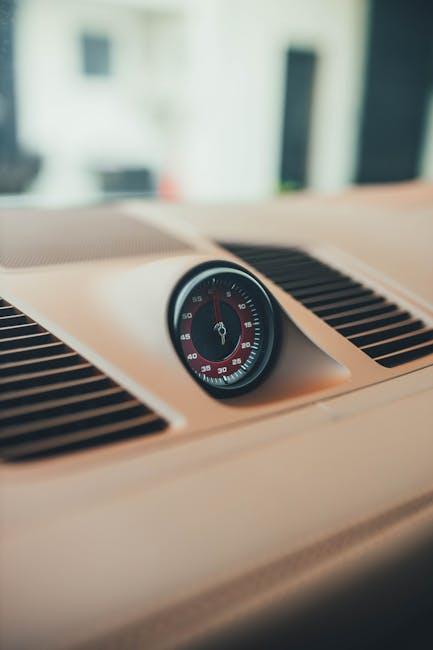
Key Sensors Driving Vehicle Performance and Safety
Modern vehicles rely heavily on a variety of advanced sensors that continuously monitor and optimize both performance and safety. Among the most critical are the oxygen sensors, which fine-tune engine efficiency by measuring the air-fuel ratio, ensuring cleaner emissions and saving fuel. Complementing these are accelerometers and gyroscopes, vital in stability control systems; they detect subtle changes in vehicle dynamics, helping prevent skidding or rollovers during sharp maneuvers. Meanwhile, pressure sensors embedded in tires constantly track inflation levels, delivering alerts before unsafe conditions arise.
Furthermore, the integration of these sensors creates a network that communicates seamlessly with onboard computers to anticipate and react to driving conditions. Here’s a quick overview of some essential sensors and their primary functions:
| Sensor Type | Function | Impact on Safety/Performance |
|---|---|---|
| LiDAR | Measures distance to objects | Supports collision avoidance and autonomous driving |
| Temperature Sensors | Monitors engine and cabin temperatures | Prevents overheating and regulates climate control |
| Brake Fluid Sensors | Checks brake fluid levels and condition | Ensures braking system reliability |
| Rain Sensors | Detects precipitation on windshields | Activates automatic wipers for enhanced visibility |
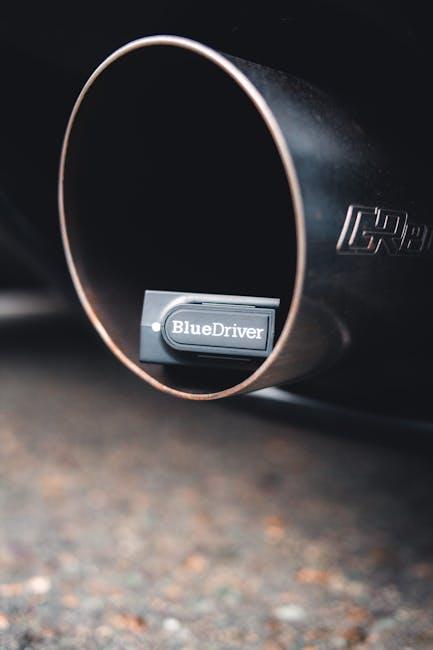
Integrating Sensors for Enhanced Fuel Efficiency and Emission Control
Modern vehicles rely heavily on a sophisticated network of sensors to monitor and optimize fuel consumption and reduce harmful emissions. These sensors provide real-time data that is critical for the engine control unit (ECU) to adjust fuel injection, ignition timing, and air-fuel ratios with precision. For instance, oxygen sensors measure the amount of oxygen in the exhaust gases, enabling the system to maintain the ideal combustion balance. Similarly, mass airflow sensors gauge the volume of air entering the engine, which helps calculate the optimal fuel quantity to maximize efficiency. This synergy between sensors not only enhances fuel economy but also ensures compliance with stringent environmental regulations.
Beyond the core combustion parameters, additional sensors contribute to emission control by monitoring and managing exhaust after-treatment systems. Catalytic converter temperature sensors and NOx sensors detect and control the conversion of pollutants before they exit the tailpipe. The integration of these devices creates a dynamic feedback loop that adapts to driving conditions, lowering emissions without compromising performance. Below is a simplified overview highlighting key sensor types and their roles:
| Sensor Type | Primary Function | Impact on Fuel and Emissions |
|---|---|---|
| Oxygen Sensor | Monitors exhaust oxygen levels | Optimizes combustion efficiency |
| Mass Airflow Sensor | Measures incoming air volume | Controls fuel delivery accurately |
| NOx Sensor | Detects nitrogen oxides emissions | Enhances pollutant reduction |
| Catalytic Converter Temp Sensor | Monitors converter temperature | Prevents system damage, ensures effectiveness |
- Adaptive response: Continuous sensor feedback enables dynamic adjustment of engine parameters.
- Fuel savings: Precisely controlled combustion reduces waste.
- Emission compliance: Sensors ensure vehicles meet environmental standards efficiently.
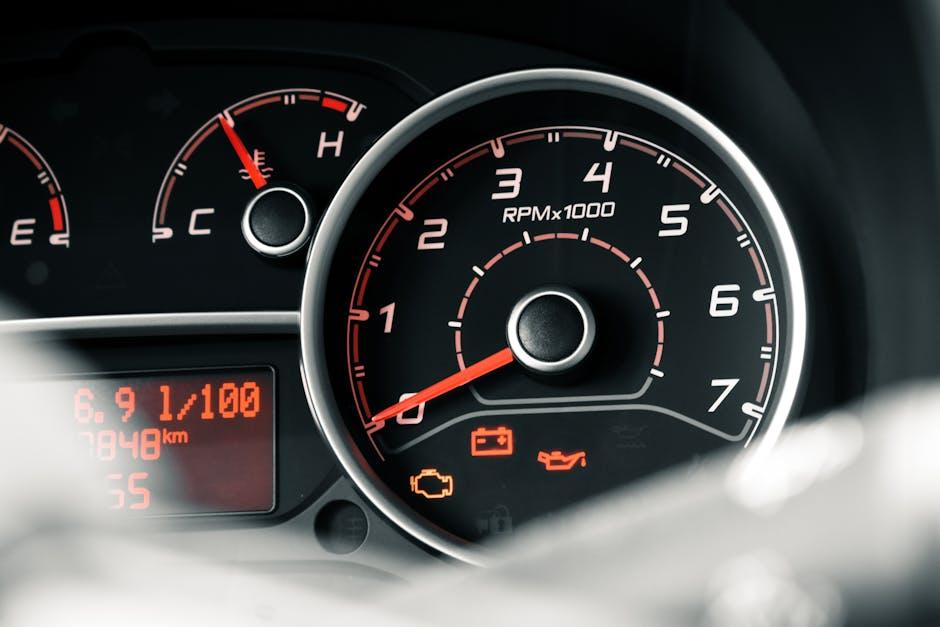
Diagnosing Common Sensor-Related Issues in Modern Cars
When troubleshooting sensor malfunctions, it’s essential to first understand the range of symptoms that can signal a sensor-related issue. Common indicators include unexpected dashboard warnings, erratic engine behavior, or inconsistent fuel efficiency. Technicians often start with visual inspections, checking for damaged wiring or loose connections that could disrupt sensor signals. Using an OBD-II scanner is a crucial step, as it can quickly pinpoint error codes linked to faulty sensors, saving valuable diagnostic time.
Once identified, sensor problems can usually be categorized into electrical faults or mechanical failures. Electrical faults often arise from corrosion, short circuits, or voltage drops affecting sensor output. On the other hand, mechanical failures might involve clogged or worn-out sensor components that skew data readings. The table below summarizes key symptoms alongside their potential causes and recommended diagnostic approaches.
| Symptom | Possible Cause | Recommended Check |
|---|---|---|
| Check Engine Light | Faulty oxygen or coolant sensor | Scan for error codes, inspect sensor wiring |
| Engine Stalling | Mass Air Flow (MAF) sensor malfunction | Test sensor voltage, clean sensor element |
| Poor Fuel Efficiency | Faulty throttle position sensor | Monitor sensor response under load conditions |
| Unstable Idle | Idle air control sensor issues | Check sensor resistance, ensure proper airflow |
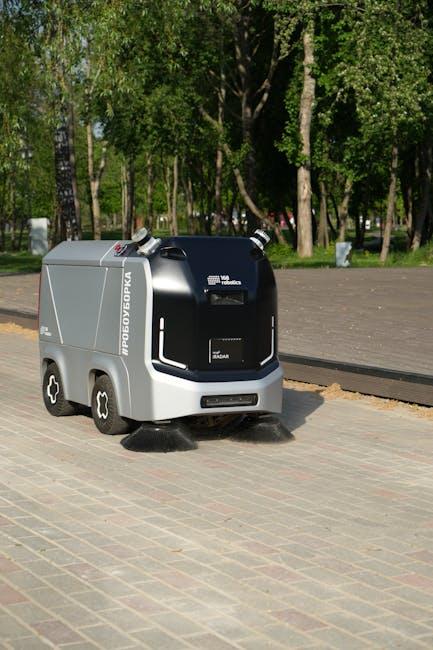
Future Trends in Sensor Innovation and Autonomous Driving
As the automotive industry accelerates toward fully autonomous driving, sensor technology is undergoing a revolutionary transformation. Next-generation sensors are moving beyond traditional capabilities, integrating AI-powered edge processing and enhanced connectivity. These advances enable vehicles to perceive their surroundings with unprecedented precision and react in real time to dynamic road conditions. From hyperspectral cameras to solid-state LiDAR, the evolution of sensor modalities is set to create a layered perception system that mimics—and even surpasses—the human sense of sight and awareness.
Emerging trends highlight a blend of robustness and miniaturization with key innovations focused on:
- Sensor fusion: Combining data from diverse sensors to improve decision-making accuracy.
- Self-calibration: Systems that adjust in real-time to maintain optimal performance without manual intervention.
- Energy efficiency: Advanced materials and low-power electronics to reduce overall vehicle consumption.
| Sensor Type | Future Feature | Impact on Driving |
|---|---|---|
| Solid-State LiDAR | Higher resolution & smaller form factor | Improved obstacle detection at long range |
| Ultrasonic Sensors | Extended range & AI noise filtering | Enhanced parking and close-quarters navigation |
| Infrared Cameras | Thermal sensitivity for night vision | Better pedestrian and animal detection in dark |
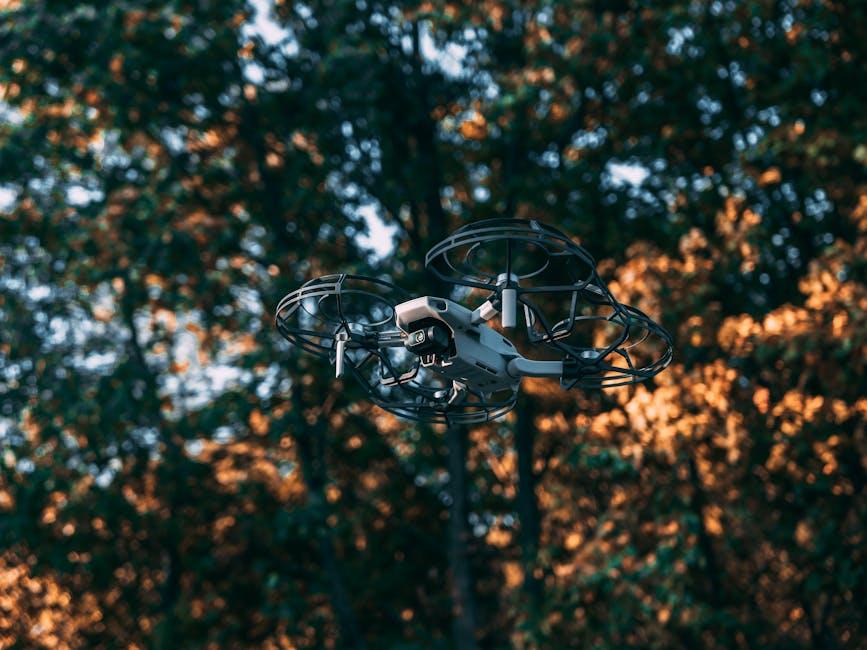
Best Practices for Maintaining and Calibrating Automotive Sensors
Ensuring the accuracy and longevity of automotive sensors requires a methodical approach to maintenance and calibration. Routine inspections, cleaning sensor surfaces to remove dirt or grease, and using manufacturer-recommended diagnostic tools are essential first steps. Furthermore, maintaining optimal operating temperatures and protecting sensors from vibrations or moisture damage prolong sensor life and performance. Remember, neglecting these aspects can lead to erratic sensor data, which jeopardizes the entire vehicle’s electrical system reliability.
Calibration extends beyond initial installation; periodic recalibration aligns sensor output to real-world conditions, preserving precision. Employing a systematic schedule based on mileage or time intervals ensures sensors continue delivering accurate data. Below is a practical overview of sensor types alongside recommended maintenance frequency and calibration notes, ideal for a streamlined service plan:
| Sensor Type | Maintenance Frequency | Calibration Method |
|---|---|---|
| Oxygen Sensor | Every 30,000 miles | Using onboard diagnostics (OBD-II) tools |
| Throttle Position Sensor | Every 20,000 miles | Voltage output comparison with reference |
| Temperature Sensor | Annually | Thermocouple calibration kits |
| Wheel Speed Sensor | Every 15,000 miles | Signal waveform analysis |
Q&A
Q&A: The Role of Sensors in Modern Car Electrical Systems
Q1: What are sensors, and why are they important in modern cars?
A1: Sensors are electronic devices that detect and measure physical properties such as temperature, pressure, light, or motion. In modern cars, they act as the vehicle’s sensory organs, continuously gathering data to ensure optimal performance, safety, and comfort.
Q2: How do sensors affect a car’s performance?
A2: Sensors provide real-time feedback to the car’s computer systems, allowing precise adjustments. For instance, oxygen sensors help regulate air-fuel mixtures for efficient combustion, while speed sensors monitor wheel rotation to manage traction and stability control.
Q3: What types of sensors are commonly found in today’s vehicles?
A3: Common sensors include temperature sensors, oxygen sensors, throttle position sensors, parking sensors, tire pressure monitoring sensors, and accelerometers. Each plays a specific role in monitoring and adjusting various vehicle functions.
Q4: Can sensors contribute to vehicle safety?
A4: Absolutely. Sensors enable advanced safety features like automatic emergency braking, lane departure warnings, and adaptive cruise control. They detect obstacles, monitor driver behavior, and help prevent accidents by alerting the driver or activating safety mechanisms.
Q5: How do sensors interact with a car’s electronic control units (ECUs)?
A5: Sensors send data to the ECUs, which are the car’s brains. These control units analyze the sensor input and execute commands to adjust engine parameters, brake systems, airbag deployment, and various other functions, ensuring the vehicle operates smoothly and safely.
Q6: Are sensors involved in car maintenance or diagnostics?
A6: Yes, sensors play a key role in diagnostics. They notify the onboard computer about potential issues such as low oil pressure or engine misfires. This information triggers warning lights on the dashboard and helps technicians pinpoint problems quickly during servicing.
Q7: What challenges do manufacturers face when integrating sensors into car systems?
A7: Challenges include ensuring sensor accuracy and reliability under harsh conditions, integrating multiple sensor data streams effectively, and safeguarding the system against electronic interference or cyber threats while keeping costs manageable.
Q8: How is sensor technology evolving in the automotive industry?
A8: Sensor technology is advancing towards greater precision, miniaturization, and multifunctionality. Innovations include LiDAR sensors for autonomous driving, combined sensor modules that reduce wiring complexity, and smarter sensors with onboard processing capabilities.
Q9: Will future cars rely even more on sensors?
A9: Definitely. As vehicles become increasingly autonomous and connected, the reliance on sensors will grow. They will form the backbone of intelligent systems that enhance driving experience, improve safety, reduce emissions, and enable new mobility solutions.
Q10: In summary, what is the role of sensors in modern car electrical systems?
A10: Sensors serve as the essential sensory network of modern vehicles, providing critical data that drives performance enhancements, safety features, diagnostics, and increasingly sophisticated automation. They are indispensable in shaping the future of automotive technology.
Insights and Conclusions
As we steer further into the age of automotive innovation, sensors quietly remain the unsung heroes of modern car electrical systems. These tiny guardians continually monitor, adjust, and communicate, ensuring our journeys are safer, smoother, and smarter. From the pulse of the engine to the subtle touch of driver assistance, sensors form the intricate neural network that powers today’s vehicles. Understanding their role not only highlights the marvels under the hood but also invites us to appreciate how technology and craftsmanship converge to keep us moving forward—one signal at a time.

